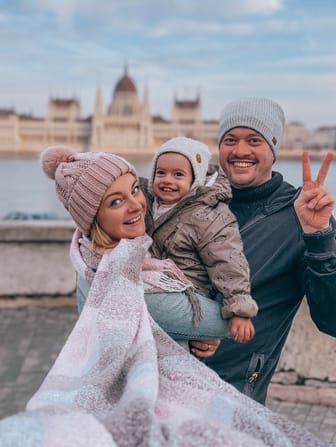Museum of Ethnography



Ask ThatchGPT
Suggest a local expert to plan my trip
Suggest an unique itinerary for my Budapest trip
What foods do Budapest locals eat
What are some true hidden gems in Budapest
Help me brainstorm trip ideas for Budapest
Help me plan a family-friendly trip to Budapest
What people say
Pedro Pereira
Available for hire
"The Museum of Ethnography (Néprajzi Múzeum) in Budapest stands as a prominent institution preserving Hungary's rich cultural heritage and ethnographic diversity. Established in 1872 as a department of the Hungarian National Museum, it became an independent entity in 1947. Over its history, the museum has faced numerous relocations, reflecting both its growing collections and the challenges of maintaining adequate facilities. Since May 2022, the museum resides in a state-of-the-art building in City Park, designed by Napur Architect Ltd., offering a modern space for exhibitions and research.
The museum houses an extensive and diverse collection representing both Hungarian and global cultures. Its African, Asian, Oceanic, and American collections include tens of thousands of artifacts, many gathered during the late 19th and early 20th centuries, offering rare insights into the traditions and daily lives of various communities. The European collection, with a particular focus on the Finno-Ugric peoples and the diverse ethnic groups of the former Austro-Hungarian Monarchy, highlights embroidered textiles, ceramics, musical instruments, and decorative objects that reflect centuries of craftsmanship and cultural exchange.
In addition to its international scope, the museum plays a crucial role in documenting and preserving the traditions of the Carpathian Basin. Its Hungarian collections, spanning from the 17th to the 20th century, capture the lifestyle and artistry of peasant communities before the transformative effects of modernization and urbanization. These include tools and objects associated with agriculture, animal husbandry, crafts, and daily life, alongside an impressive array of textiles, costumes, and ceramics.
The museum's dedication extends to intangible cultural heritage. It safeguards invaluable sound recordings by notable figures such as Béla Bartók and László Lajtha, who documented the music of Hungarians and other ethnic groups in the region. The collection of 4,500 phonograph cylinders, along with tens of thousands of analogue recordings, underscores the museum's commitment to preserving traditional music and oral traditions.
The Ethnological Archives add further depth with a Film and Video Collection dating back to the 1930s, a Photograph Collection of 340,000 items, and a Manuscript Collection containing 30,000 pieces. These archives, combined with a library of nearly 200,000 volumes, make the Museum of Ethnography a hub for researchers and scholars worldwide.
Beyond its collections, the museum's mission extends to engaging the public through exhibitions, educational programs, and cultural events. Its efforts to preserve and present the vibrant cultural mosaic of Hungary and the world make it a vital institution for understanding human creativity and diversity."
Read more in:
Eszter Horvath Somogyi
"In my opinion this museum is a super place to hang out, mainly because it offers not just a museum-experince. The building itself remind everyone a giant skateboard track. You can also march up to its ending points, which serve as a lookout point, but you can also end up having a cozy picnic on the slopes of the building. The Liget is just beside you, so you can combine an entire day (or half-day) itinerary with this museum. "
Mentioned in these guides
About Museum of Ethnography
Get the inside scoop on Museum of Ethnography from local experts, travel creators, and tastemakers. Browse genuine trip notes, Museum of Ethnography reviews, photos, travel guides, and itineraries from real travelers and plan your trip with confidence.
Website
Phone
Save this spot for later or start mapping out a new trip today
Try our AI Travel Assistant and get instant answers to any questions about your trip.
Ask ThatchGPT


